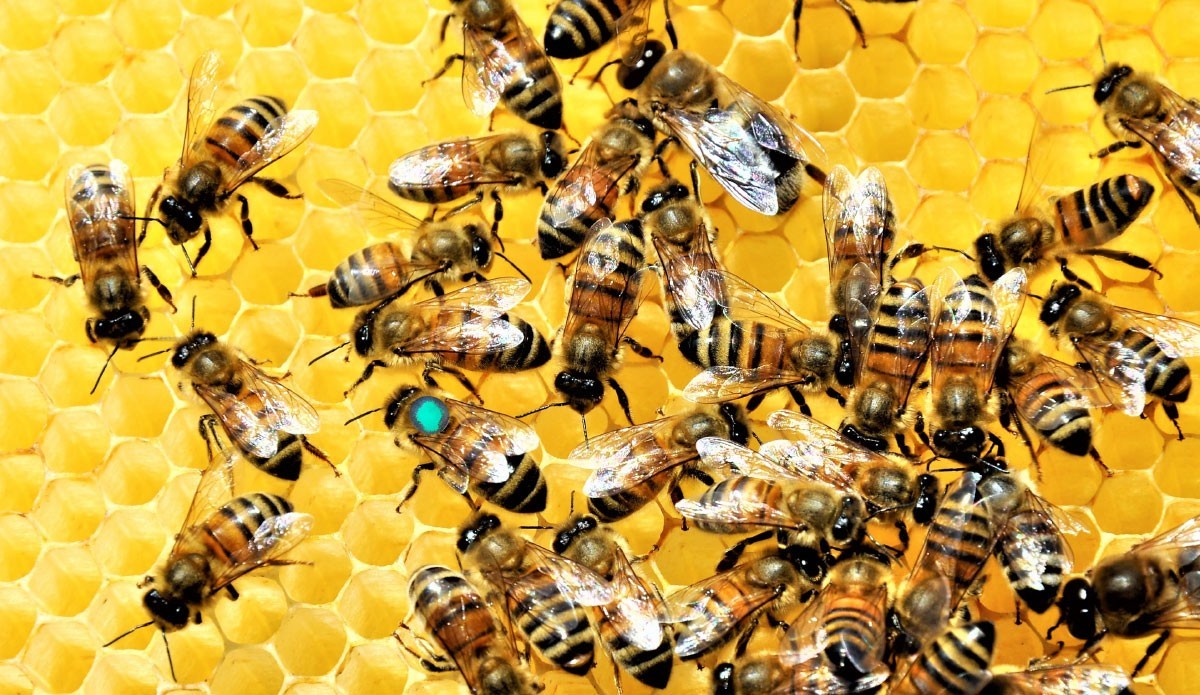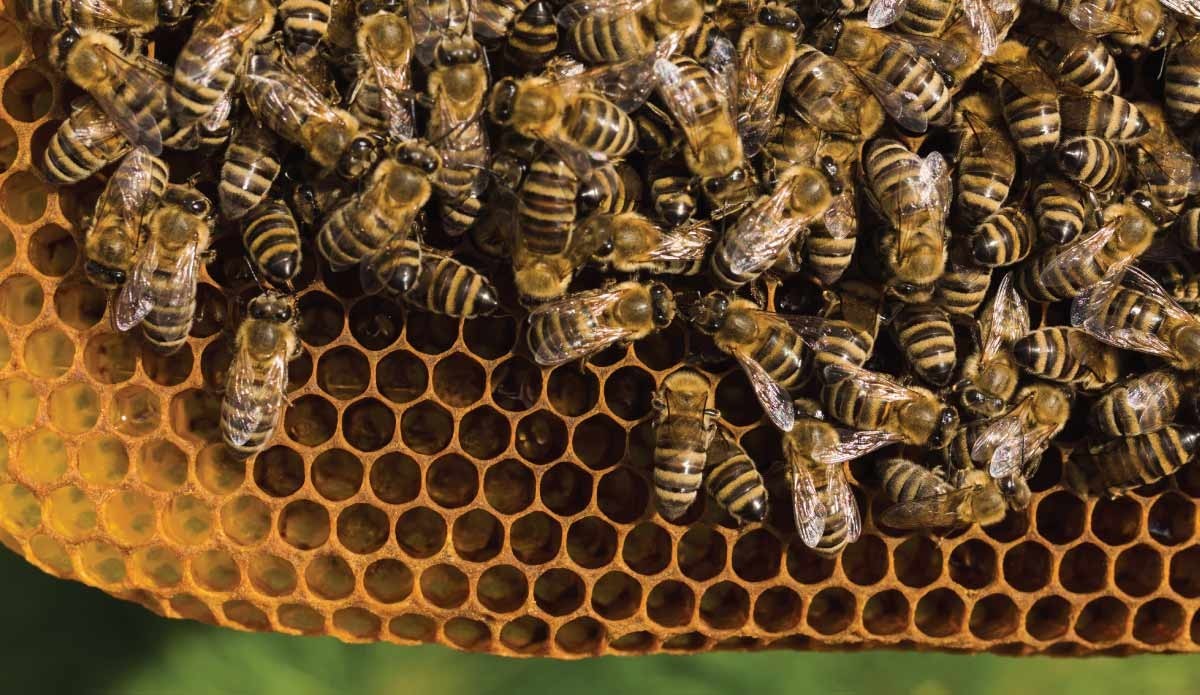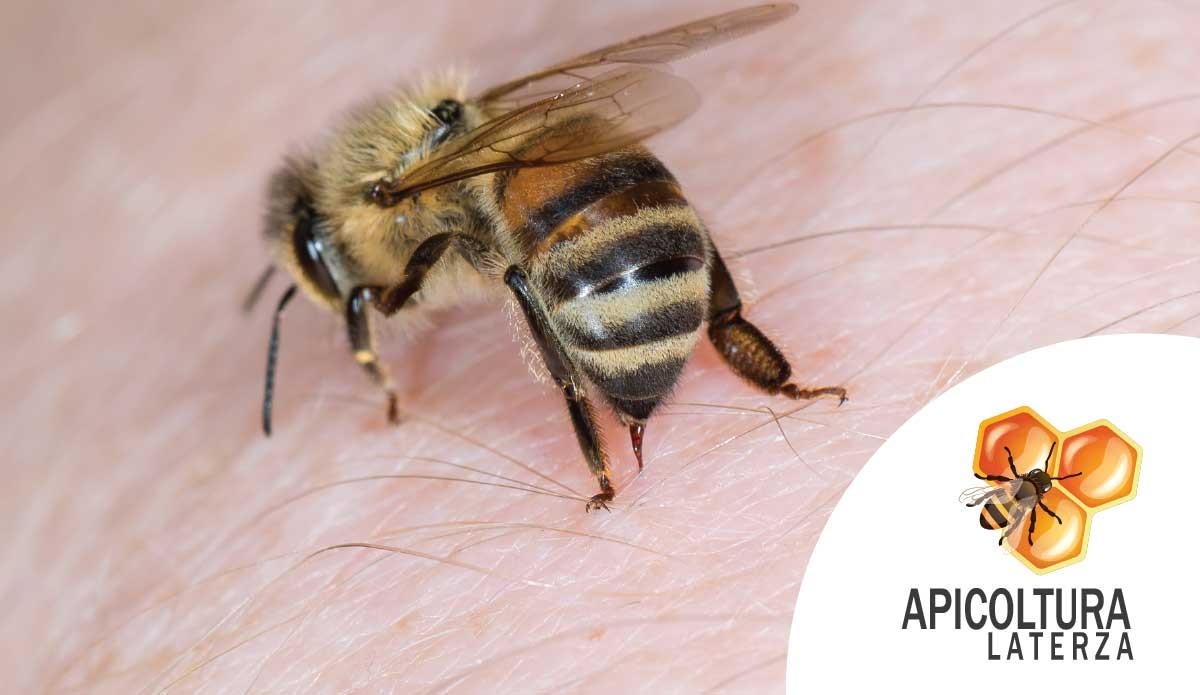The marking color of the queen bees each year

The search and identification of the queen bee within a large group of bees is not easy. It is for this reason that every professional beekeeper proceeds with the marking of the queen bees through professional and first of all risk-free methods for bees.
Each year, the queen bees are "colored" by the breeders to allow them to be easily and subsequently identified within the honeycombs.
Usefulness of marking:
As already mentioned, the marking of queen bees is an important operation to save time during the identification of bees but it is also useful to know that:
- the marking of the queen bees allows you to identify the queen bee in a very short time among all the other bees which is useful not only to save time but also in the case of brood block with vertical honeycomb;
- the process also allows us to see if the bees have changed queen and we have not noticed. (for example we could observe the presence of a brood while not sighting the queen. In this case, a new queen should be sought to be inserted and marked again).
If the color is imprinted incorrectly, the rubbing between the queen bee and other bees could gradually make it disappear, so this operation must be carried out very carefully.
How is the marking of the queen bees done?
The use of marking is a fairly delicate operation but it will save valuable time in the future. The queen bee is picked up by beekeepers and delicately placed on the chest a drop of indelible paint of bright color or alternatively discs with special stickers, in order to be able to identify it on the honeycomb more easily and quickly from the other bees present .
The marking can be done at any time during the beekeeping season, with the exception of the winter period when the temperature is too low and the bees are in glomere. It is always preferable to mark the queen, as soon as she has been fertilized in the fertilization nucleus, this operation takes place in early spring or in autumn (when the families are fewer).
Once the queen has been marked, you have to wait a few minutes before reintroducing her into the hive.
This is important so that the paint is perfectly dry and there are no foreign smells that could annoy the bees or the queen herself.
Preventing the queen from carrying a foreign odor is important as otherwise it would run into a reaction called "curling".
The huddling is a form of defense by bees which, not recognizing the queen's smell, perceive it as a danger factor, therefore to be eliminated.
Usually the worker bees apply the nesting strategy against large predators and against intruders in hives, such as the Vespa Crabro (commonly called hornet) or the Acherontia Atropos moth (commonly called death's head sphinx) and this defense consists in cook the enemy by choking and warming the intruder through the vibration of some chest muscles around the enemy. By means of curling up, there would therefore be a risk that the queen would be suffocated by her own workers.
With the marking it is possible to know at any moment the age of the queen because its color allows to assign an identification to the bee and allows beekeepers to recognize not only the fact that it is a queen but also the year of marking and therefore the age of the bee.
Marking a Queen bee: an operation that requires experience
The marking of bees requires considerable experience in the field as taking the bee and holding it even for a few minutes is a procedure that must not in any way damage the health of the bee and it is therefore vital that whoever carries out this operation is a professional.
The marking method can in fact take place directly or indirectly.
We advise you to always carry out this operation directly or in direct contact with the bees through professional beekeepers trained to carry out this type of operation.
The direct method is therefore suitable for those who have a lot of experience with bees.
First, the queen bee is taken directly from the honeycomb. In this operation, professionals usually do not use tools or devices but use their own hands.
The Queen is picked up and kept still by simply holding it between the thumb and forefinger and the operation takes place in a few minutes by impressing a tiny drop of colored paint on the chest of the bee, usually quick-drying so that waiting times in which the bee is held back, are minimal.
Alternatively, there are tools that still allow you to insert the bee and keep it steady evenly without exerting pressure harmful to the animal but we still recommend that you always rely on the use of professional kits and the work of competent beekeepers in such a way. to leave the queen bees in a state of always optimal health and not run any risk in relation to this area.
The marking colors of the Queen Bees
As for the colors used, they make it possible to recognize, as already mentioned, the year of origin of each bee. The marking is an operation that is carried out every year. The colors used are usually five.
In fact, following international agreements, the queen bees are marked each year with a periodic series of five different colors. Five colors were chosen, according to their name in alphabetical order (blue, white, yellow, red and green).
The attribution of colors is always conditioned by the last digit of the year to be identified. Usually the years ending in zero or five are assigned the color blue and all the other middle years the color that follows, respecting the alphabetical order.
For example:
year 2015
year 2016
year 2017
year 2018
year 2019
year 2020
Do you need to buy Queen bees?
Apicoltura Laterza deals with the sale of virgin and fertile queen bees of the Buckfast and Ligustica breed. We ship throughout Italy and throughout Europe with express and immediate shipments.
Click here to view our queen bees.






